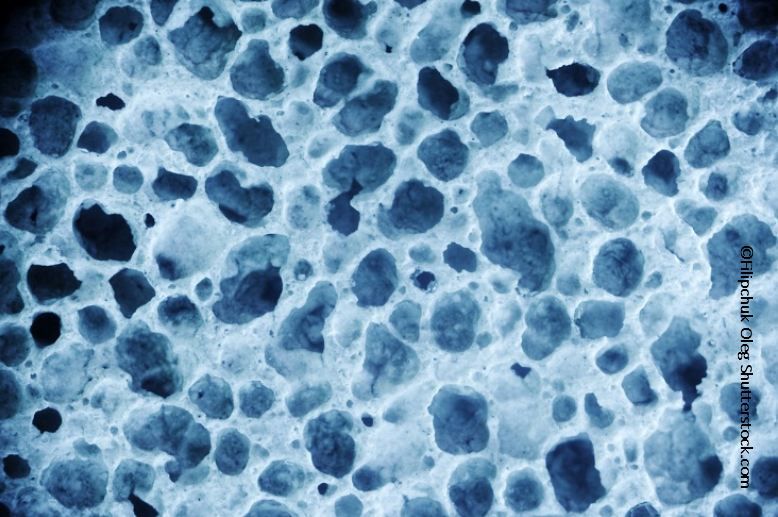Article
Additional Bone Traits Beyond BMD Help Assess Fracture Risk
Author(s):
Which additional bone traits, besides bone mineral density, can be used to determine fracture risk? Authors of a new study sought to find out.
©Filipchuk Oleg/Shutterstock.com

Besides bone mineral density (BMD), other bone characteristics can be used to determine fracture risk, according to a new study published in The Lancet Diabetes & Endocrinology.
The results show low BMD is not the only cause of bone fragility, and the majority of older adults who sustain a fragility fracture do not meet the diagnostic criteria for osteoporosis.
“Older women are at particularly high risk of fracture. In fact, the number of women who will experience a fragility fracture in any given year exceeds the number who will experience a first-time stroke, breast cancer, or myocardial infarction combined,” said co-lead author Mary L. Bouxsein, PhD, Director of the Center for Advanced Orthopedic Studies at Beth Israel Deaconess Medical Center, Boston, Massachusetts. “Improved methods to identify those in whom fractures are common but whom standard clinical testing does not identify as high risk would allow us to target treatment to this important group and ultimately reduce fracture burden.”
T scores unreliable
BMD assessed by dual-energy x-ray absorptiometry is the clinical standard for determining fracture risk. The majority of older adults who sustain a fracture, however, have T scores greater than −2.5. Therefore, they do not meet the clinical criteria for osteoporosis, the researchers noted. Importantly, bone fragility is due to low BMD and deterioration in bone structure.
Bouxsein and colleagues assessed whether indices of high-resolution peripheral quantitative computed tomography (CT) were associated with fracture risk independently of femoral neck BMD and the Fracture Risk Assessment Tool (FRAX) score. They assessed 7254 participants, mean baseline age 69 years, in 8 cohorts from the US, France, Switzerland, Canada, and Sweden.
Over a mean follow-up of 4.63 years, 8% of participants met the diagnostic criteria for osteoporosis, yet 11% of participants had incident fractures. Some 633 (86%) participants had femoral neck T scores greater than −2.5.
Failure load is key
Those who experienced fracture were more likely to be older, female, have a lower BMI, use osteoporosis medications, and have a previous fracture. Participants who sustained fractures had worse bone measurements for nearly all parameters vs those who did not fracture.
Several measures of bone density and structure at different sites on the bone, including the density of the compact bone tissue and the thickness of the spongy bone tissue at the wrist, were predictive of fracture. Other fractures risks included an increase in tibia cortical porosity and decrease in radius trabecular volumetric bone density. Failure load was the bone characteristic most strongly associated with risk of fracture.
The researchers concluded that high-resolution CT results and failure load improved prediction of fracture beyond femoral neck BMD or FRAX scores alone. “Results from this large international cohort of women and men suggest deficits in density and structure throughout the bone contribute to fracture risk independently of BMD and current risk assessment tools,” said lead author Lisa Samelson, PhD, an epidemiologist at Harvard Medical School, Boston, Massachusetts. “Further, assessment of these bone characteristics may be useful in those who would not otherwise be identified as being at high risk for fracture.”
References:
Samelson EJ, Broe KE, Xu H, et al. Cortical and trabecular bone microarchitecture as an independent predictor of incident fracture risk in older women and men in the Bone Microarchitecture International Consortium (BoMIC): a prospective study. Lancet Diabetes Endocrinol. 2019;7:34-43.





